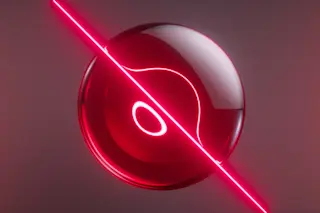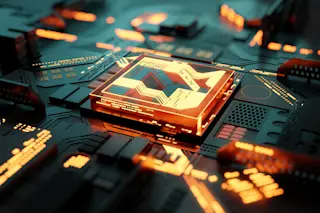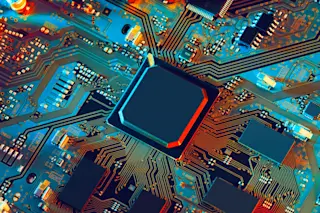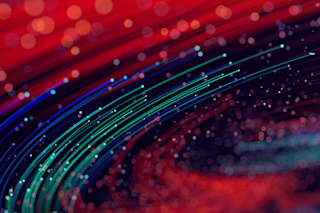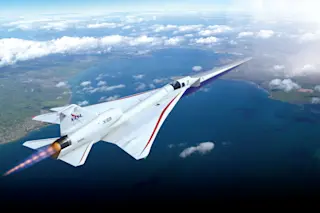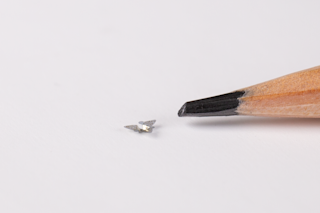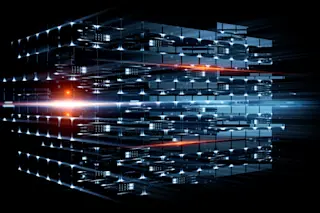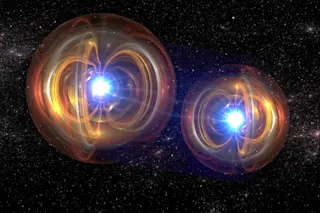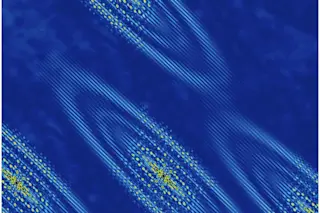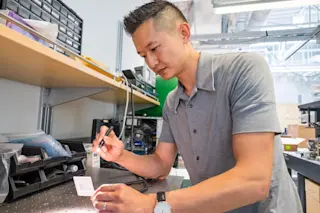Physicists have long studied soap bubbles for their extraordinary geometric properties as minimal surfaces, for the way they oscillate and for the beautiful interference patterns that appear on their surfaces.
So it would be easy to think that soap bubbles have little more to give in terms of exotic physics and no new applications beyond the bathtub. But that would be wrong.
Enter Zala Potŏcnik and Matjaž Humar at the University of Ljubljana in Slovenia, who have found a way to turn soap bubbles into lasers. With this innovation, they’ve opened up a whole new world of potential applications for the humble soap bubble.
First some background. Lasers produce light through a process of optical amplification in which the passage of photons through a medium stimulates the emission of more photons. The key components in a laser are the medium, which amplifies light, and a process of optical feedback to send the same photons through the medium multiple times.
It turns out soap bubbles satisfy all these criteria. Potŏcnik and Humar create a gain medium by adding a dye to the soap and water that the bubbles form from.
And they create the optical feedback by sending laser light into the bubble at an angle that grazes the bubble surface. In this way, the light becomes trapped inside the bubble in a ring, as it repeatedly reflects off the inner surface, an effect known as a whispering gallery mode. “We show that dye-doped soap and smectic bubbles can support whispering gallery mode lasing,” say the researchers.
Soap and water bubbles are easy to make but their surface thickness is hard to control. So Potŏcnik and Humar also create bubbles using surfactants alone doped with dye, smectic bubbles as they are called. These form into molecular layers so the thickness is always some whole number multiple of a single layer. And they are extremely stable, allowing experiments on a single bubble for up to 30 minutes. They too lase in the same way as soap bubbles.
“Due to their fluid nature, the bubbles are soft compared to their glass counterparts,” say the researchers. “This influences the lasing and enables some unique applications.”
For example, the lasing output is highly sensitive to any change in the size or shape of the bubble. “The lasing enabled the measurement of size changes as small as 10 nanometers in a millimeter-sized, ∼100-nanometer-thick bubble,” say the researchers.
And that makes it possible to detect anything that influences the size of the bubble. Potŏcnik and Humar use their bubble lasers to measure changes in atmospheric pressure and also in electric fields, which change the shape of bubbles. And by adding magnetic nanoparticles to the film, they say they could detect changes in magnetic fields.
“Soap bubble lasers are a unique type of microcavities which are one of the best electric field and pressure microsensors to date,” say the researchers.
That’s interesting work which turns bubbles from bathroom curiosities into highly sensitive measuring devices. Given this success, we can’t wait for Potŏcnik and Humar’s future innovations with rubber ducks!
Ref: Soap Bubble Lasers : arxiv.org/abs/2306.14676


